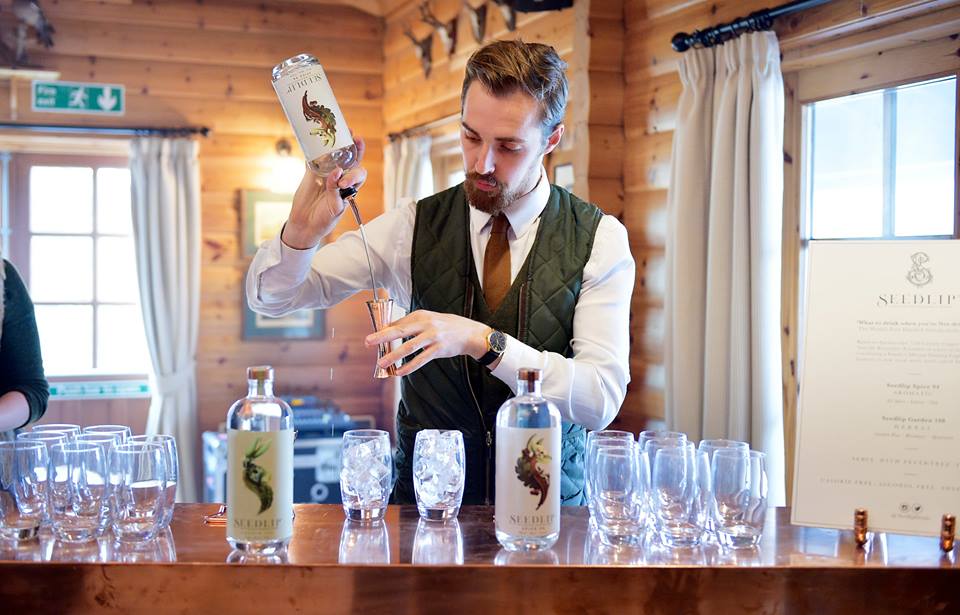The inspiration for Seedlip creator, Ben Branson, was to create a product people could enjoy when they were not drinking. What he invented has become seen as the poster brand of the burgeoning non-alcoholic drinks category, but does the drink itself deserve all the attention? The jury is well and truly out for David Gluckman.
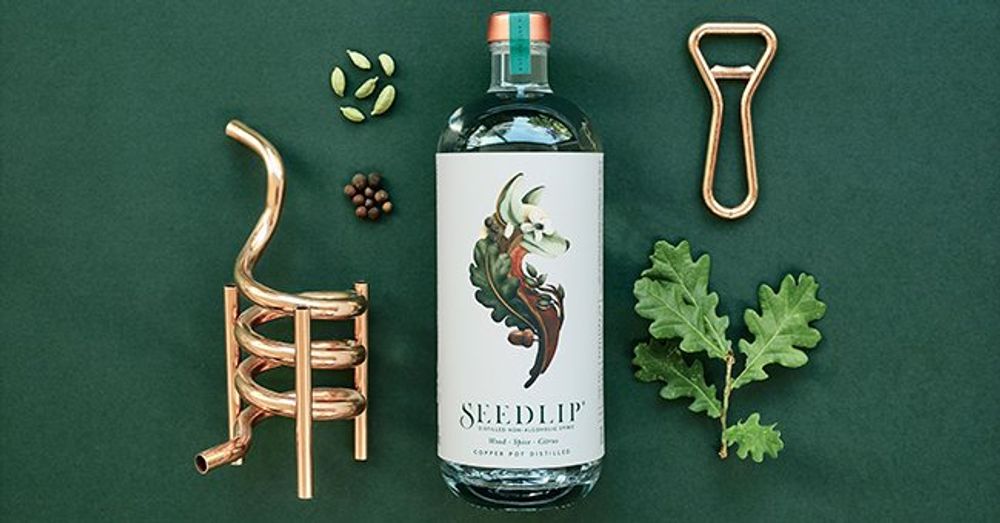
Seedlip can claim a hertage in distilling that goes back to the 1650s
David Gluckman is well placed to assess whether a new drinks brand has the credentials to make it. As a former brand development consultant to Diageo he was involved in helping to create many household drinks, including Tanqueray Ten, Sheridan’s and Purdey’s. He even had a go at developing a ‘sophisticated non-alcoholic drink’ himself with the brand Aqua Libra in the mid to late 1980’s, which had a “full, distinctive taste that really polarised opinions,” he recalls.
He has even depicted his life as a brand creator in a new book, That Sh*t Will Never Sell. Which makes his assessment of Seedlip a fascinating read.
On paper Seedlip can’t do anything wrong. It is the go to non-alcoholic spirits brand in the world, craved and loved by bartenders the world over – and can now boast over 3,000 listings in top bars and restaurants globally. Founder Ben Branson’s team has grown from just him and a desk of drawings to an international team of over 40 with news last week that Claire Smith-Warner, former head of spirit creation at LVMH Moët Hennessy, has joined to help widen the brand’s portfolio with more non-alcoholic drinks.
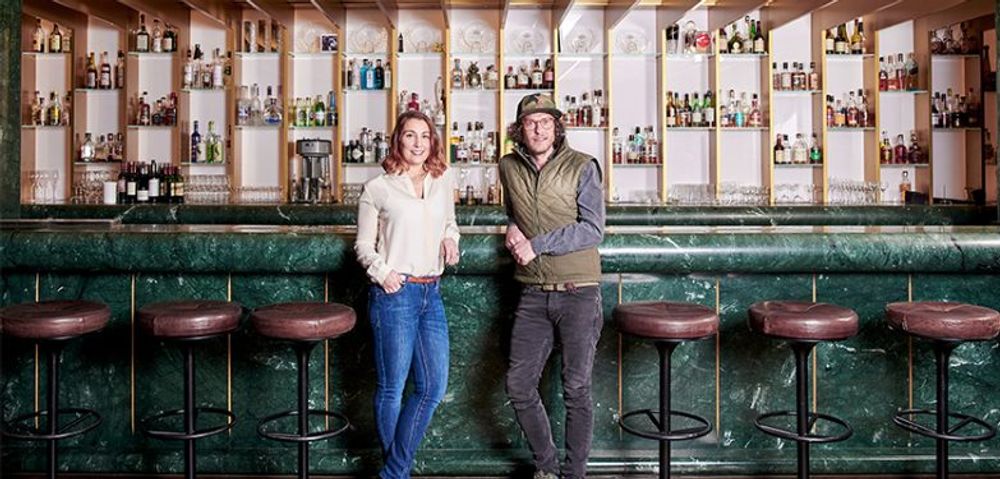
Seedlip founder Ben Branson with Claire-Smith Warner who has just joined from LVMH.
Seedlip is arguably the success story of the craft spirits industry since its initial launch in Selfridges in 2015. It also has the guidance and financial support of Diageo’s Distill Ventures initiative, set up to help start-ups and drinks entrepreneurs. Credit has to go to Diageo for how it quickly recognised the significance and potential of Seedlip in bringing credibility and real brand strength to the increasingly important and influential non-alcoholic drinks category.
It is also sticking its neck out and putting the “Diageo” name, however well it is watered down by using its Distill Ventures arm, behind a super craft product in such an influential category as non-alcoholic drinks.
But for Gluckman it is all very well having a great concept, a cool on-trend brand, but can it succeed in the long term if the actual quality, drinkability and price of the product does not stack up. Here’s his take on what Seedlip is actually like to drink.
David Gluckman gives his verdict on Seedlip…
Before Christmas I spent £56 on two bottles of flavoured water. Never again. I spent nearly 50 years working in the drinks business. I worked for IDV/Diageo for most of that time. My brands ranged from Baileys to Tanqueray Ten with whiskies, vodkas and even non-alcoholic drinks in between.
I always believed in the primacy of the product. The stuff that goes into the bottle. If you tried hard enough you could even produce a better vodka – and by law vodka has to be colourless, odourless and flavourless. (We did it twice with SmirnoffBlack and Ciroc.)
And no matter what people say about a product – distilled five times, ancient recipe, filtered through satin, blended by monks – it all comes down to how it tastes. The rest is just hype.
And then, before Christmas, I came across Seedlip. I had been barraged with all this congratulatory stuff about it in foodie magazines and social media. I saw that it was in Tesco and John Lewis and even Heston Blumenthal’s Fat Duck restaurant. I had to give it a go.
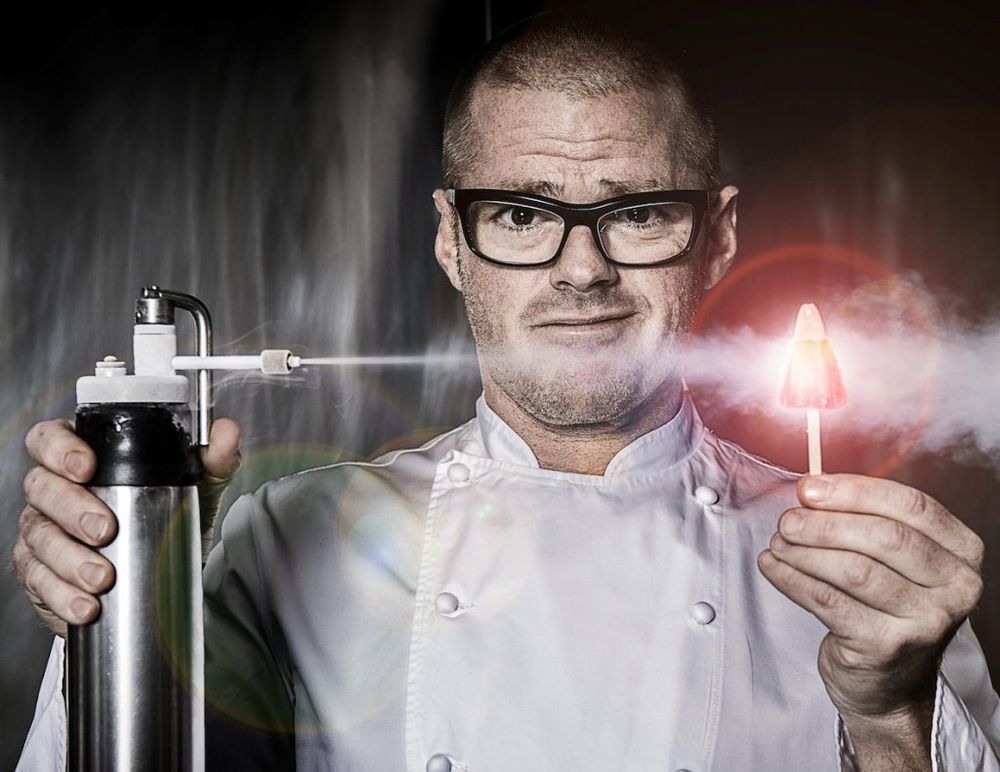
Seedlip has caught the imagination of Heston Blumenthal who has listed it at his influential Fat Duck restaurant
Being a new brand man, I can’t say I was knocked out by the name. I know it means a ‘sower’s basket’ and has authentic rural significance – but to me a seed lip sounds a bit like a cold sore. Not a great ‘call’ in a bar.
Putting that aside, I then looked at the bottle and two words really stood out: ‘distilled’ and ‘botanical’. I know that Seedlip uses the broadest understanding of ‘distilled’ and uses the word as a seventeenth century apothecary would, but I think most people would associate it with alcohol production. Similarly, they can get away with using the word ‘botanical’ – i.e. it is derived from plants – but in this context most people would associate it with gin.
I wonder how many people bought it by mistake during the Christmas rush. An expensive bottle with the word ‘botanical’ writ large, it could have been a premium gin.
How much?
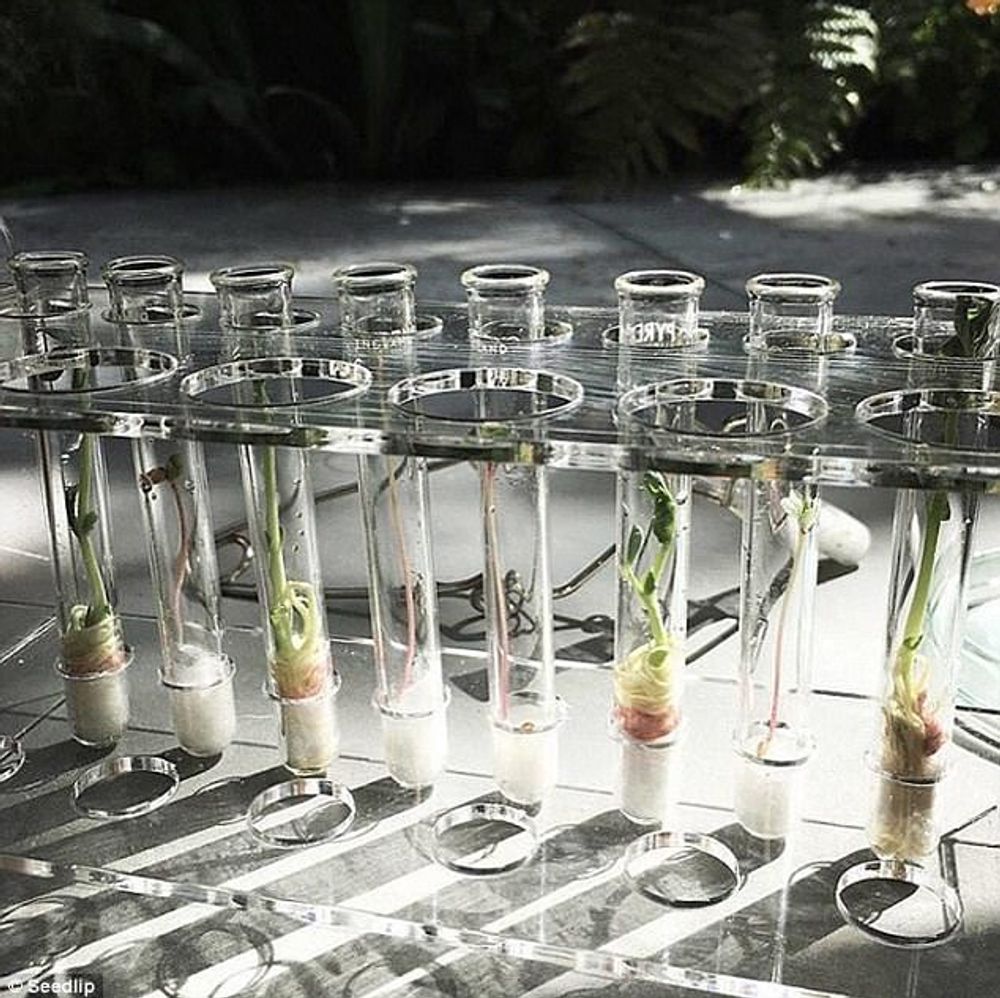
Seedlip is made from herbs and botanicals inspired by the farm where Ben Branson grew up
And then I saw the price. A ‘shot’ in a bar cost me £4.50. More than vodka or gin or standard whisky. And then I Googled it and saw that a 70cl bottle sold for £28 on Amazon.
Seedlip has no alcohol so it doesn’t pay the excise duty that goes on a 70cl bottle of spirits.
By now I am expecting something really special. I ordered a shot – I had to taste it. I resisted the barman’s suggestion that I mix it with tonic. I wanted to find out exactly what I was paying for.
What was I expecting? Distilled and botanical indicated an intense flavour hit with lots of intriguing complexity. And the price reinforced those expectations. It had to be special.
I was amazed. It was truly awful. Insipid, bland, nondescript. To me it was flavoured water – and weakly flavoured at that. My taste buds had to stand on tip-toe to get the tiniest semblance of satisfaction. But no dice.
Tried and tested
But my opinion was based on a single shot. To give the respect any new product was due, I went on to Amazon and ordered two bottles of Seedlip: the original, called ‘Garden’ and what they call ‘Spice’. Cost me £56.
I tried them every which way and tested them on my friends. Some were drinkers who understood the rationale. Others had given up drink and were crying out for a decent substitute.
Not a single person liked them. It was a real case of the emperor arrogantly flaunting his new clothes. ‘Garden’ was just watery. And ‘Spice’ reminded them of dental mouthwash.
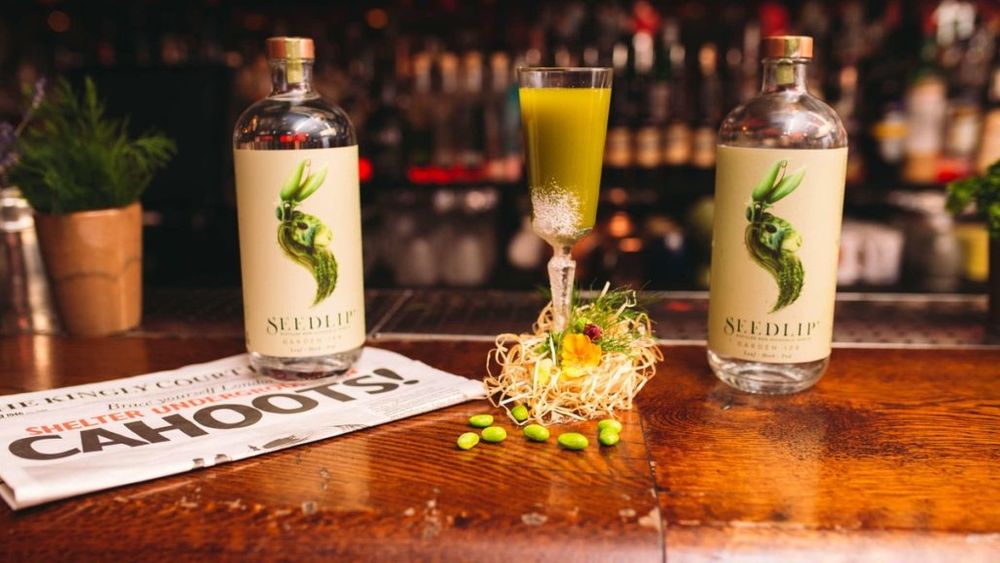
Seedlip has become the go to brand for style bars looking to serve non-alcoholic cocktails
Then I saw how Seedlip has become the base in a lot of award-winning cocktails. Not sure how that works. Would you be able to taste Seedlip mixed in with a variety of other ingredients?
I looked at the Seedlip website and read about the recipe based on the ancient art of distilling and the honest bucolic family provenance. But if all that hype doesn’t lead to a decent product, forget it.
I gather there’s a big marketing and PR spend behind Seedlip which has clearly contributed to its widespread and growing acceptance. But when are people going to figure it out? It seems to be very profitable and that’s what may be funding the campaign.
On the plus side…
As a brand developer I am forced to look at the positive side. With all that backing, Seedlip may be creating a market. And to succeed, markets need competition.
If I were Coke, Pepsi or Fever-Tree I’d be following Seedlip’s progress with interest. And then I’d emerge with a superior product. Shouldn’t be hard.
To me, Seedlip’s utter blandness, its lack of character and its ridiculous price makes it a sitting duck.
Being a bit of a crossword freak, I looked at anagrams for Seedlip. Only one emerged. It was ‘spieled’. To ‘spiel’ means ‘to talk glibly, to tell the tale’. Enough said?
- You can read more of Gluckman’s views on drinks brands and what works in his whirlwind tour down the back bar in That Sh*t Will Never Sell.
